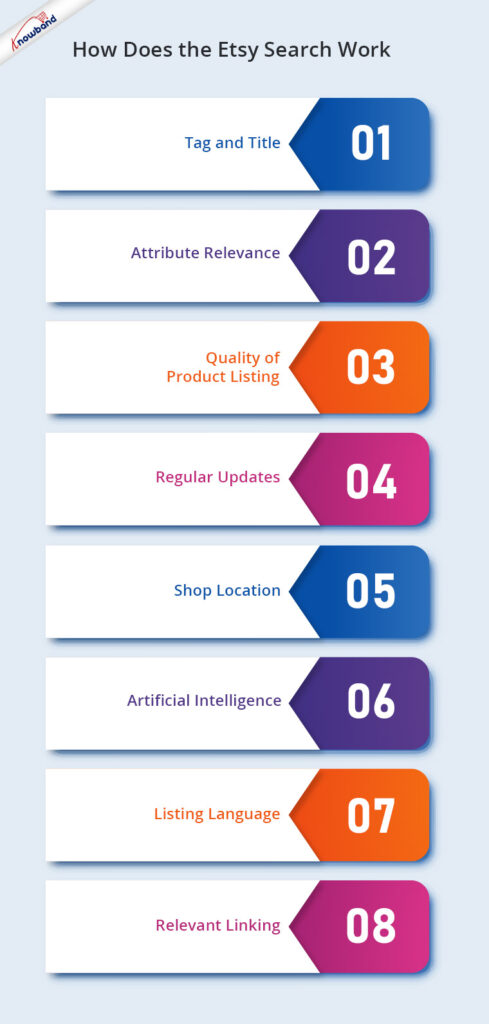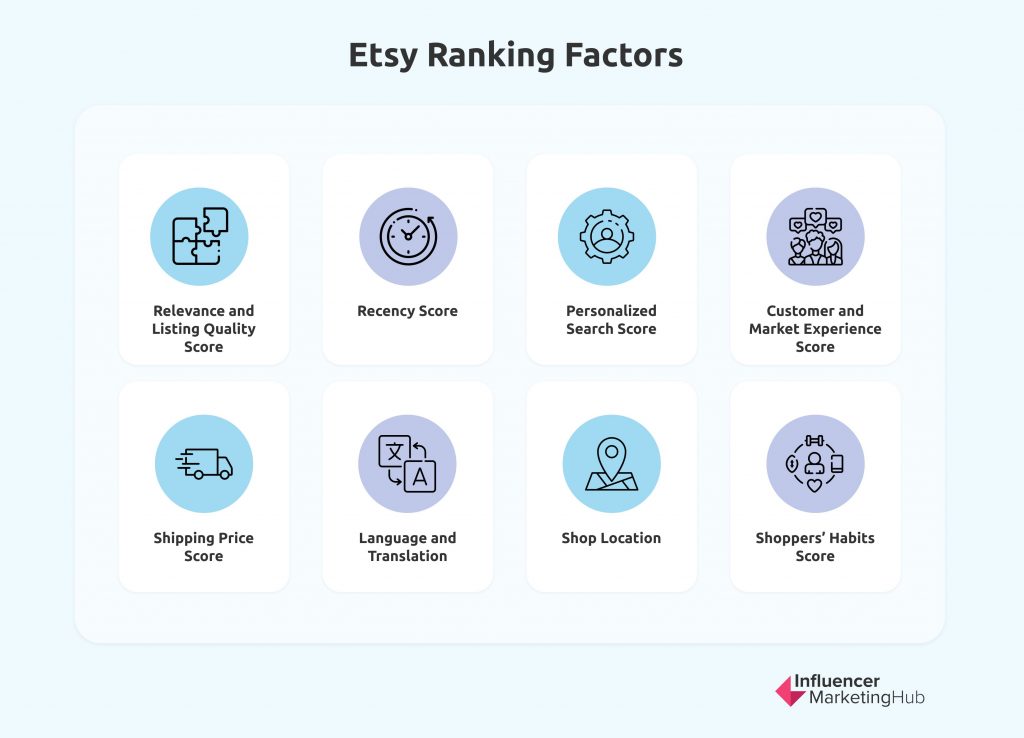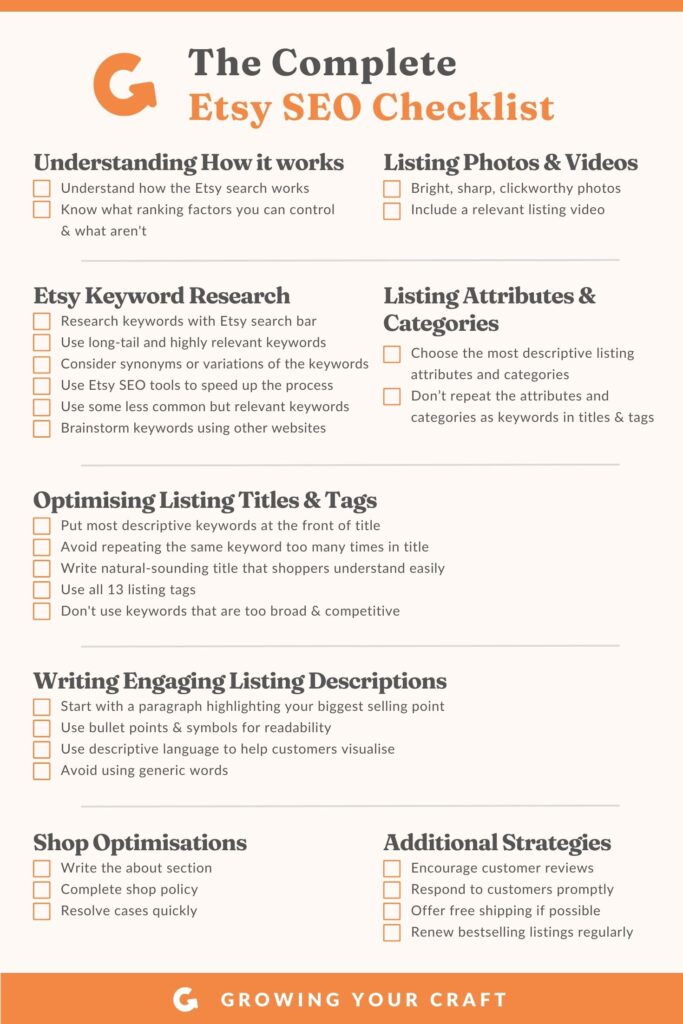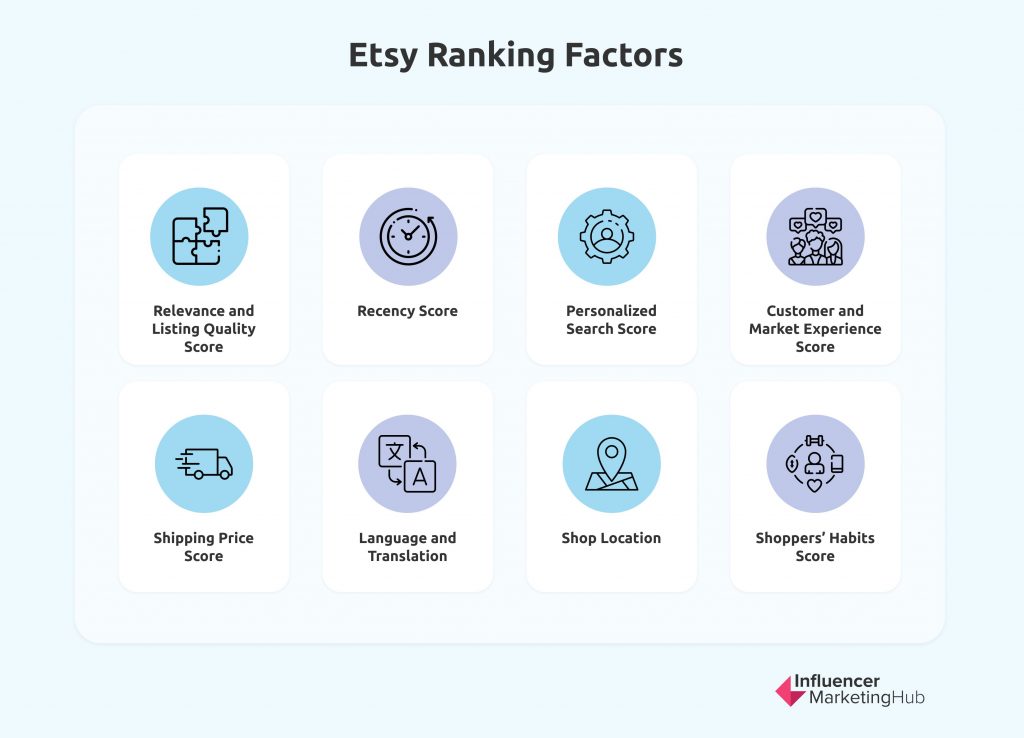Looking to boost your visibility on Etsy and attract more customers to your online shop? Well, one surefire way to achieve this is by strategically using keywords in your listings. In this article, we’ll explore the ins and outs of how to rank higher on Etsy search with keywords. Whether you’re a seasoned Etsy seller or just starting out, optimizing your listings with the right keywords can give you a competitive advantage in the bustling Etsy marketplace. So, let’s dive into the world of Etsy search queries and discover how to improve your Etsy listing by harnessing the power of keywords!
1. Understanding Etsy SEO
1.1 What is Etsy SEO?
Etsy SEO refers to the process of optimizing your Etsy shop and listings to improve their visibility and ranking in Etsy’s search results. SEO, or Search Engine Optimization, involves techniques and strategies that help your shop appear higher in the search results when potential customers are searching for products like yours. By implementing effective Etsy SEO practices, you can increase your chances of attracting more organic traffic, reaching your target audience, and ultimately boosting your sales.
1.2 Importance of Etsy SEO
Etsy SEO plays a crucial role in the success of your shop on the platform. With millions of sellers and products on Etsy, it’s essential to have a solid SEO strategy to stand out from the competition and increase your chances of being discovered by potential buyers. By optimizing your listings for relevant keywords, you can improve their visibility in Etsy search results, attract more interested buyers, and ultimately drive more traffic to your shop. Higher visibility and increased traffic often translate into more sales and business growth.
1.3 Types of Etsy SEO Techniques
There are various techniques you can employ to optimize your Etsy shop for better search rankings and visibility. Some of the key SEO techniques include:
- Selecting relevant keywords: Identifying and targeting the right keywords that your target audience is likely to search for.
- Optimizing your Etsy shop: Optimizing your shop title, description, metadata, and utilizing relevant tags and categories.
- Enhancing listing titles: Crafting engaging titles with main and secondary keywords to attract potential buyers.
- Writing compelling descriptions: Using target keywords naturally, highlighting product benefits, and incorporating related keywords in your product descriptions.
- Utilizing tags effectively: Selecting the right tags, incorporating long-tail keywords, and utilizing all available tag spaces.
- Leveraging category placement: Choosing relevant categories that accurately represent your products for better visibility in search results.
- Utilizing Etsy attributes: Leveraging attributes to improve SEO and filling out attribute fields for better categorization.
- Encouraging positive reviews: Providing excellent customer service to encourage positive reviews, which can enhance your shop’s reputation and increase your chances of ranking higher in Etsy search results.
- Monitoring and analyzing performance: Utilizing Etsy Analytics, tracking keyword rankings, and making data-driven decisions to improve your shop’s visibility and sales.
2. Selecting Relevant Keywords
2.1 Identify Your Target Audience
Before diving into keyword research, it’s important to identify your target audience. Who are your ideal customers? What are their interests, needs, and preferences? Understanding your target audience will help you choose keywords that are relevant to them and increase the chances of attracting qualified traffic to your Etsy shop.
2.2 Conducting Keyword Research
Keyword research involves identifying the keywords and phrases that potential customers are most likely to search for when looking for products similar to yours. You can use keyword research tools, such as Google Keyword Planner or specialized Etsy SEO tools, to discover relevant keywords with high search volumes and moderate competition. Look for keywords that accurately describe your products and have sufficient search volume to justify your efforts.
2.3 Using Etsy’s Autocomplete Feature
Etsy’s Autocomplete feature is a valuable resource for finding keyword ideas directly from the Etsy search bar. Start typing relevant search queries related to your products, and Etsy will suggest popular search terms. These suggestions can give you insights into what potential buyers are searching for and help you identify keywords to target in your listings.
2.4 Utilizing Relevant Long-Tail Keywords
In addition to targeting broad keywords, it’s important to incorporate long-tail keywords in your listings. Long-tail keywords are longer and more specific keyword phrases that potential buyers may use when searching for a specific product. Long-tail keywords often have less competition, allowing you to rank higher and attract more targeted traffic. Consider adding long-tail keywords that accurately describe your product’s unique attributes, such as color, material, or design.

3. Optimizing Your Etsy Shop
3.1 Shop Title and Description
The shop title is one of the first elements potential buyers see when they come across your shop in the search results. Ensure your shop title includes relevant keywords that describe your products accurately. Additionally, optimize your shop description by incorporating target keywords naturally while providing a compelling overview of your shop and offerings.
3.2 Metadata Optimization
Metadata includes various elements that provide additional information about your listings to search engines. Optimize your metadata, such as page titles and meta descriptions, by incorporating relevant keywords in a concise and descriptive manner. This helps search engines understand the content of your listings and improves your chances of ranking higher in search results.
3.3 Unique Product Listings
Create unique and detailed product listings for each of your products. Avoid copying and pasting descriptions from other listings or suppliers, as duplicate content can harm your SEO efforts. Unique product listings not only provide valuable information to potential buyers but also improve your chances of ranking higher in search results.
3.4 Utilizing Tags and Categories
Tags and categories play a crucial role in Etsy’s search algorithm. Choose relevant tags that accurately describe your product and incorporate target keywords. Avoid using broad or generic tags that may attract irrelevant traffic. Similarly, choose the most appropriate categories for your products to improve visibility within specific search filters.
4. Enhancing Listing Titles
4.1 Including Main Keyword
Craft listing titles that include your main keyword prominently. The listing title is one of the most critical elements for Etsy SEO, as it strongly influences search rankings. Incorporate the main keyword in a natural and informative way that accurately represents your product.
4.2 Adding Secondary Keywords
In addition to the main keyword, consider adding secondary keywords in your listing titles. Secondary keywords can provide additional context and attract more relevant traffic. However, ensure that the listing title remains coherent and engaging for potential buyers.
4.3 Crafting Engaging Titles
While incorporating keywords is important, it’s equally crucial to craft engaging and attention-grabbing listing titles. Compelling titles can capture the interest of potential buyers and increase the click-through rate from search results. Experiment with creative and unique titles that accurately represent your product while piquing buyers’ curiosity.

5. Writing Compelling Descriptions
5.1 Use Target Keywords Naturally
When writing product descriptions, incorporate your target keywords naturally throughout the content. Avoid keyword stuffing, as it can harm your SEO efforts and make the description less reader-friendly. Focus on providing detailed and accurate information about your product while seamlessly incorporating keywords.
5.2 Highlight Product Benefits
In addition to describing the features of your product, highlight the benefits it offers to potential buyers. Explain how your product solves a problem or fulfills a need. By emphasizing the benefits, you can make your product more appealing to customers and increase the chances of conversions.
5.3 Incorporate Related Keywords
To further optimize your product descriptions, incorporate related keywords that are semantically relevant to your main keywords. This helps search engines understand the context of your listings and improves your chances of ranking higher in relevant search queries. Use tools like LSI Graph to identify related keywords for inclusion.
6. Utilizing Tags Effectively
6.1 Selecting the Right Tags
Tags play a crucial role in Etsy’s search algorithm, so choose your tags wisely. Select tags that accurately represent your products and are commonly used by potential buyers in their search queries. Consider using a mix of long-tail keywords and broader tags to cover a range of relevant search terms.
6.2 Incorporate Long-Tail Keywords
In addition to broader tags, incorporate long-tail keywords in your tag selection. Long-tail keywords can attract target buyers who are looking for specific products or features. Including long-tail keywords in your tags increases the chances of matching with specific search queries and improving your visibility in search results.
6.3 Utilize All Available Tag Spaces
Etsy allows you to use up to 13 tags for each listing. Take advantage of these tag spaces to maximize your visibility in search results. Ensure each tag is relevant and accurately describes your product. Avoid using the same tag multiple times or using irrelevant tags, as this can negatively impact your SEO efforts.

7. Leveraging Category Placement
7.1 Importance of Category Selection
Choosing the right category for your products is crucial for better visibility in Etsy search results. Each category represents a specific section of Etsy’s marketplace, and potential buyers often browse by category. Select the category that most accurately represents your product to ensure it appears in relevant category filters.
7.2 Choosing Relevant Categories
When selecting categories for your listings, be sure to choose the most relevant ones. Avoid choosing inappropriate categories or using unrelated categories to gain visibility, as this can harm your reputation and lead to lower search rankings. Accurate categorization helps potential buyers find your products within relevant search filters.
8. Utilizing Etsy Attributes
8.1 Leveraging Attributes for SEO
Etsy attributes provide additional details about your products and improve the visibility in search results. Carefully choose and fill out attributes for each product, as they enhance the accuracy of search filters and improve your chances of attracting qualified traffic.
8.2 Filling Out Attribute Fields
When filling out attribute fields, ensure that the information is accurate and matches the product you are listing. Inaccurate attributes can mislead potential buyers and harm your reputation. Use relevant keywords as appropriate while providing accurate and honest information about your products.
9. Encouraging Positive Reviews
9.1 Importance of Positive Reviews
Positive reviews play a vital role in Etsy SEO and building trust with potential buyers. Encouraging positive reviews not only boosts your shop’s reputation but also improves your chances of ranking higher in search results. Positive reviews indicate that previous buyers have had a positive experience, making your products more appealing to potential customers.
9.2 Providing Excellent Customer Service
To encourage positive reviews, provide excellent customer service. Respond promptly to inquiries, address any issues or concerns, and ensure a smooth and hassle-free buying experience for your customers. By going above and beyond to satisfy your customers, you can increase the likelihood of receiving positive reviews and strengthen your shop’s reputation.
10. Monitoring and Analyzing Performance
10.1 Utilizing Etsy Analytics
Etsy provides detailed analytics tools to monitor and analyze the performance of your shop and listings. Utilize these tools to gain valuable insights into your shop’s visibility, traffic sources, and conversion rates. By understanding your shop’s performance, you can make data-driven decisions to improve your SEO strategy and drive more sales.
10.2 Tracking Keyword Rankings
Regularly monitor and track the rankings of the keywords you are targeting for your listings. Tools like Google Analytics, Etsy Rank, or specialized Etsy SEO tools can help you keep track of your keyword rankings. Analyzing your keyword rankings allows you to identify areas for improvement and make necessary adjustments to your SEO strategy.
10.3 Making Data-Driven Decisions
Based on the data and insights gathered from Etsy Analytics and other tracking tools, make data-driven decisions to optimize your shop and listings further. Adjust your keyword targeting, improve your product descriptions, experiment with different listing titles, or make changes to your tag selection. Continuously analyzing and refining your approach allows you to stay ahead of the competition and drive more targeted traffic to your Etsy shop.
By understanding Etsy SEO and implementing effective optimization strategies, you can improve your shop’s visibility, reach your target audience, and ultimately increase your sales within the competitive Etsy marketplace. With consistent effort and a focus on providing quality products and excellent customer service, you can gain a competitive advantage and achieve success on Etsy.


